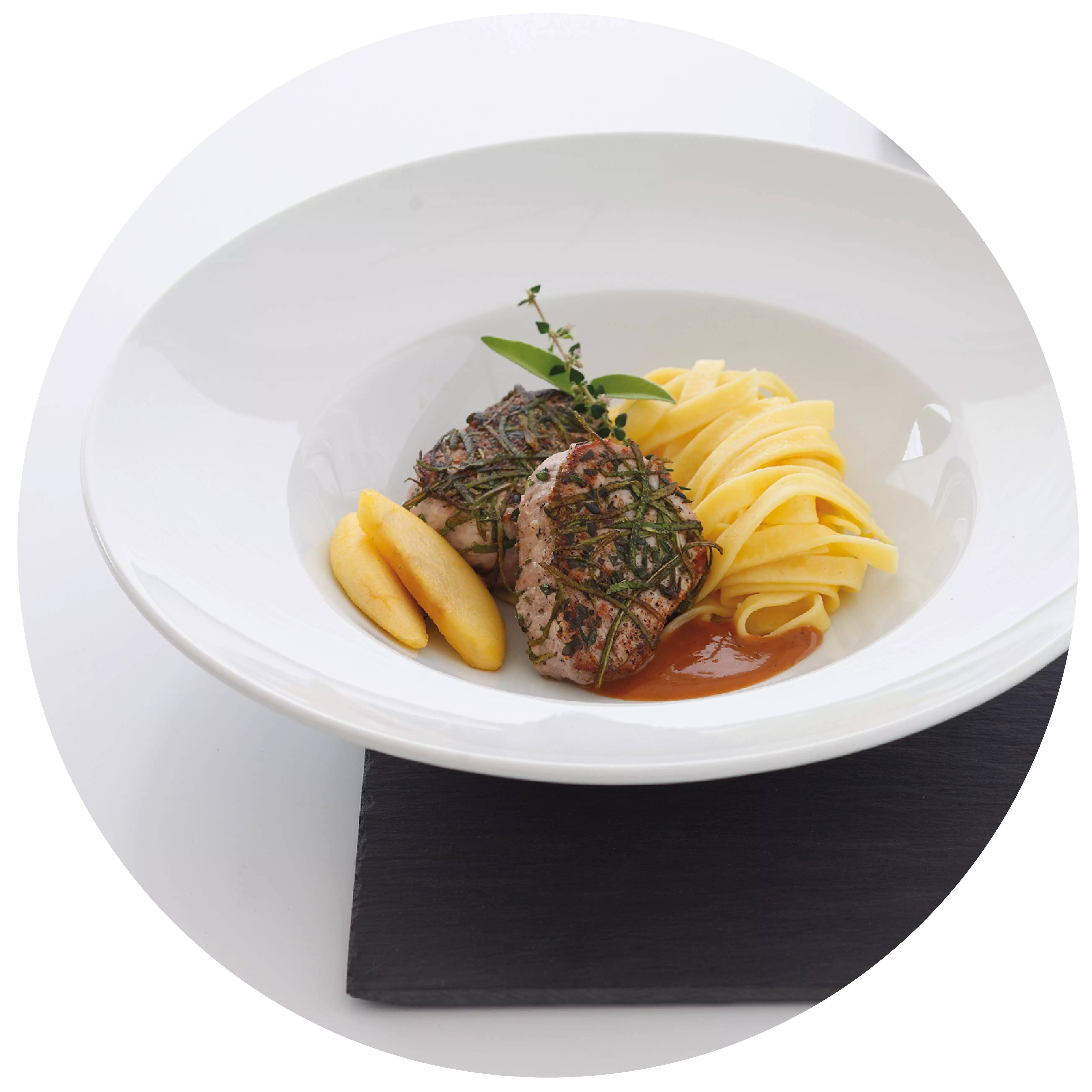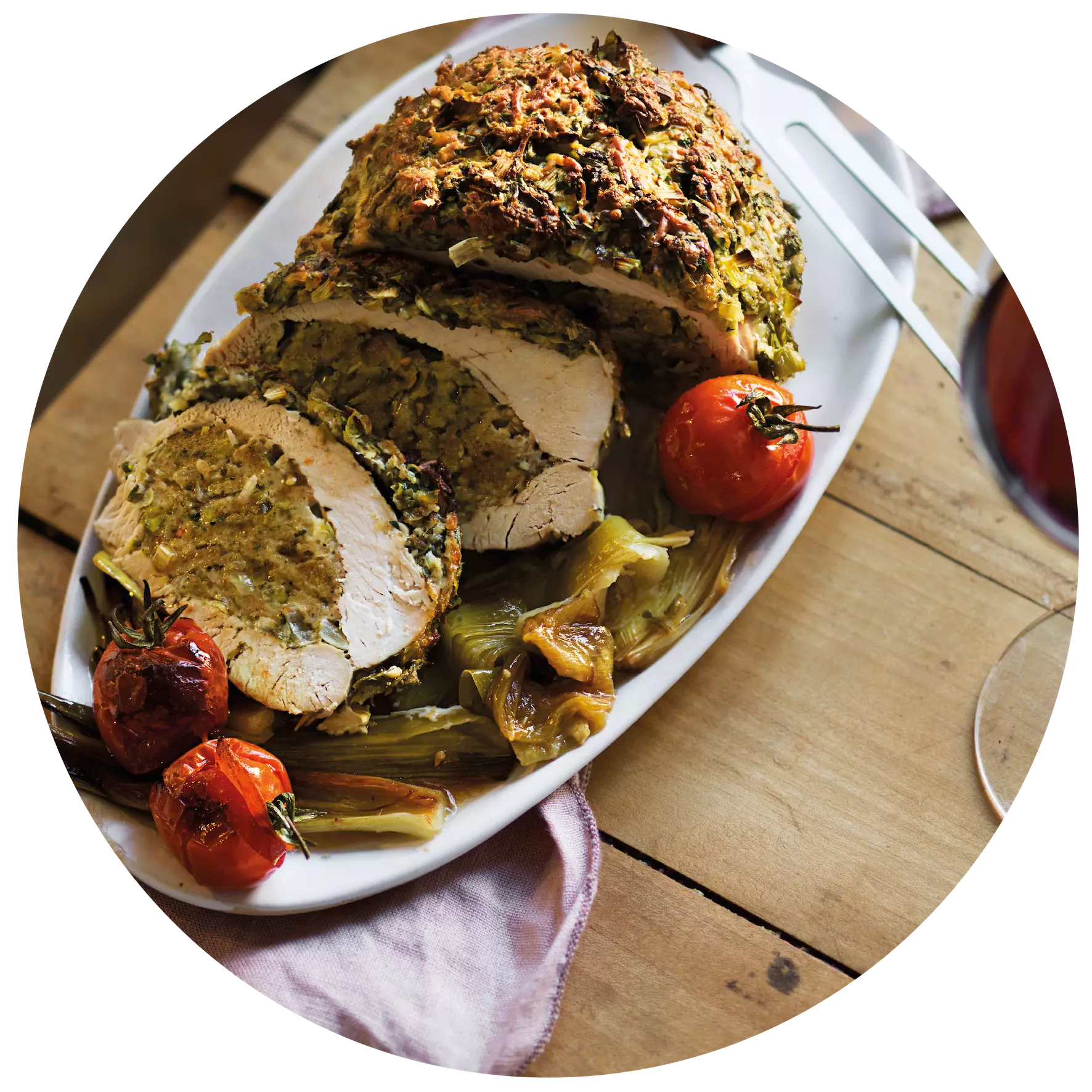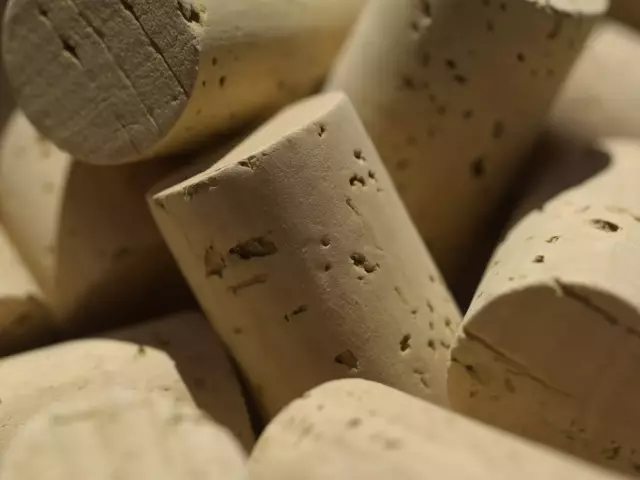Levels of Sweetness in German Wines

German wines have a wide range of residual sugar contents. But 50 percent of German wines are dry.
Facts
-
9
A wine may have a maximum of nine grams of residual sugar if it is to be marketed as "dry".
-
50
50 Prozent aller deutschen Qualitäts- und Prädikatsweine werden in der trockenen Geschmacksrichtung angeboten.
There are four different tastes in German wines:
Dry is the sweetness level for wines that are almost or completely fermented; this means for wines with a residual sugar content of up to 4g / l. Legislation also permits the term “dry” up to a residual sugar content of 9g if the total acidity expressed in g / l tartaric acid is at most 2g / l lower than the residual sugar content (formula: acid + 2 up to a maximum of 9). A dry wine is not synonymous with acidic. Rather, it is because it only contains a small amount of unfermented sugar, that a higher acidity is more likely to be perceived. Half of all German Qualität and Prädikat wines were marketed in the dry flavour in 2022.
Semi-dry wines may have up to 12 grams of residual sugar per liter, or up to 18g / l if the residual sugar content does not exceed the acidity level by more than 10g. (Formula: acid + 10 up to the maximum limit 18).
Often you can find the term feinherb on wine labels. This unofficial fifth taste is not clearly defined, but is usually classified between semi-dry and sweet. Although it is not officially regulated by wine law, it is becoming increasingly popular.
Semi-sweet wines have a residual sugar content that exceeds the values for semi-dry, but reaches a maximum of 45 g / l.
The statement sweet is permissible from 45 g / l.
How does the sweetness get into the wine?
If the fermentation of the wine is interrupted before the end, for example by cooling, the natural, unfermented sugar from the grape remains in the wine.
Varietals

More recipe ideas
with apples Pork medallions
with apples
- 8 Stück Schweinemedaillons
- 500 Gramm Bandnudeln
- 2 große Äpfel
- 200 ml Sahne
- 10 Blättchen frischer Salbei
- 4 Zweige frischer Thymian
- nach Geschmack Zucker
- 3 EL Calvados
- 1 EL Öl
- zum Abschmecken Salz & Pfeffer
Slightly pepper and salt the medallions on both sides. Pluck the thyme, cut the sage into fine strips and roll the medallions in the herbs. Fry the meat in a pan with a little oil on both sides, not too hot, until it starts to colour. Remove from the pan and place on a preheated tray in the oven at 100 °C until cooked through.
Cook the tagliatelle al dente and keep warm.
In the meantime, peel the apples and cut into slices approx. 1.5 cm wide. Reheat the meat pan and add the apple slices. After about half a minute, sprinkle 1 teaspoon of sugar over the apples and allow them to caramelise. After a minute, deglaze the apple slices with a generous dash of Calvados and flambé. Add the cream and flavour with salt and pepper.
Remove the fillet from the oven. Add the meat juices from the oven dish to the sauce and serve the fillets with the tagliatelle, apple slices and Calvados apple sauce.
<p- Riesling (trocken)

with pumpkin and white wine sauce Pasta with pumpkin and white wine sauce
with pumpkin and white wine sauce
- 750 Gramm Butternut-Kürbis(se)
- 3 kleine Zwiebeln
- 2 Zehen Knoblauch
- 1 Becher Crème fraîche
- 250 ml trockener Weißwein
- 500 ml Gemüsebrühe
- 25 Gramm Parmesan oder ähnlicher Hartkäse
- 400 Gramm Spaghetti oder andere Nudeln
- nach Geschmack Salz, Pfeffer, Zucker
- 4 EL Kürbiskerne, evtl. gehackt
- nach Belieben Muskat, Thymian
Sauté the garlic and onions until translucent. Dice the butternut squash and add, season with pepper and sugar. When the cubes are still firm, pour in the white wine and vegetable stock. Continue cooking until the squash is firm to the bite.
In the meantime, cook and drain the pasta.
Add the thyme, nutmeg, salt and crème fraîche to the boiling pumpkin, bring to the boil and thicken. Stir in the parmesan and season to taste. You can also crush some diced pumpkin to make the sauce sweeter.
Arrange the pasta on plates and top with the pumpkin sauce.
Sprinkle with pumpkin seeds.
- Scheurebe (trocken)

Wine recommendation: A white wine with a mellow flavour such as Pinot Gris or Chardonnay. Asparagus risotto al scampi
Risotto with green asparagus, scampi and parmesan.
- 400g Grüner Spargel
- 200g Küchenfertige Scampis
- 200g Risotto-Reis
- 250ml Trockener Weißwein
- 500ml Gemüsebrühe
- 50g Parmesan
- 1 Zwiebel
- 4EL Olivenöl
- 1Dose Safranfäden
- etwas Salz und Pfeffer
Peel the lower third of the asparagus and cut off the ends. Cut into 2 cm long pieces, cook in boiling salted water for approx. 5 minutes and drain. Cut the onion into thin slices and finely chop the garlic.
<p
<p>Heat 2 tbsp of oil, add the onion slices, garlic and rice
.
sauté until translucent. Deglaze with the white wine. Season with salt, pepper
and saffron to flavour. Add a little stock, bring to the boil and simmer, stirring constantly. Gradually add the remaining stock and simmer until the liquid has been absorbed by the rice. The rice should still have a bite on the inside.
Wash the scampi and grate the Parmesan. Heat 2 tbsp oil in a pan and fry the scampi for approx. 4 minutes. Season with salt and pepper. Stir the asparagus, scampi and parmesan into the risotto and serve.
Wine recommendation:
A white wine with a mellow flavour such as Pinot Gris or Chardonnay. Alternatively, a well-chilled, light Trollinger or Blanc de Noir from Pinot Noir.
<p- Pinot Gris (extra brut)
- Chardonnay (extra brut)
- Trollinger (brut)
- Spätburgunder / Pinot Noir (brut)

with herb crust Roast turkey
with herb crust
- 600 Gramm Putenbrust am Stücke
- 0,25 Liter Weißwein
- 0,25 Liter Gemüsebrühe
- 4 ganze Tomaten
- 4 Scheiben Toastbrot
- 2 ganze Eier
- 2 Stück Zwiebeln
- 75 Gramm geriebener Emmentaler
- 1 Stange Porree
- 1 Bund Schnittlauch
- 1 EL Olivenöl
- nach Belieben Salz & Pfeffer
Wash the meat, pat dry and cut a deep pocket lengthways. Crumble the toast. Wash and chop the herbs, peel and dice the onions.
<p
<p>Preheat the oven to 200°C (top and bottom heat). Place the bread, herbs, onions, cheese and eggs in a bowl, mix thoroughly and season. Stuff 2/3 of this mixture into the turkey breast. Pin the opening with wooden skewers and tie up crosswise with kitchen twine. Place the roast in a roasting tin and brush with oil.
Roast in the preheated oven for approx. 1 hour. Gradually pour in the white wine and vegetable stock.
<p
<p>Clean and wash the vegetables. Cut the leek into pieces and add to the roast with the whole tomatoes after 30 minutes.
About 20 minutes before the end of the cooking time, spread the remaining third of the herb mixture over the roast and finish cooking.
Arrange on plates with the vegetables and serve. Serve with rice.
- Pinot Gris (trocken)
- Chardonnay (trocken)

Events
-
Show
winetasting in our winery - blind tasting
Mainz-Hechtsheim




